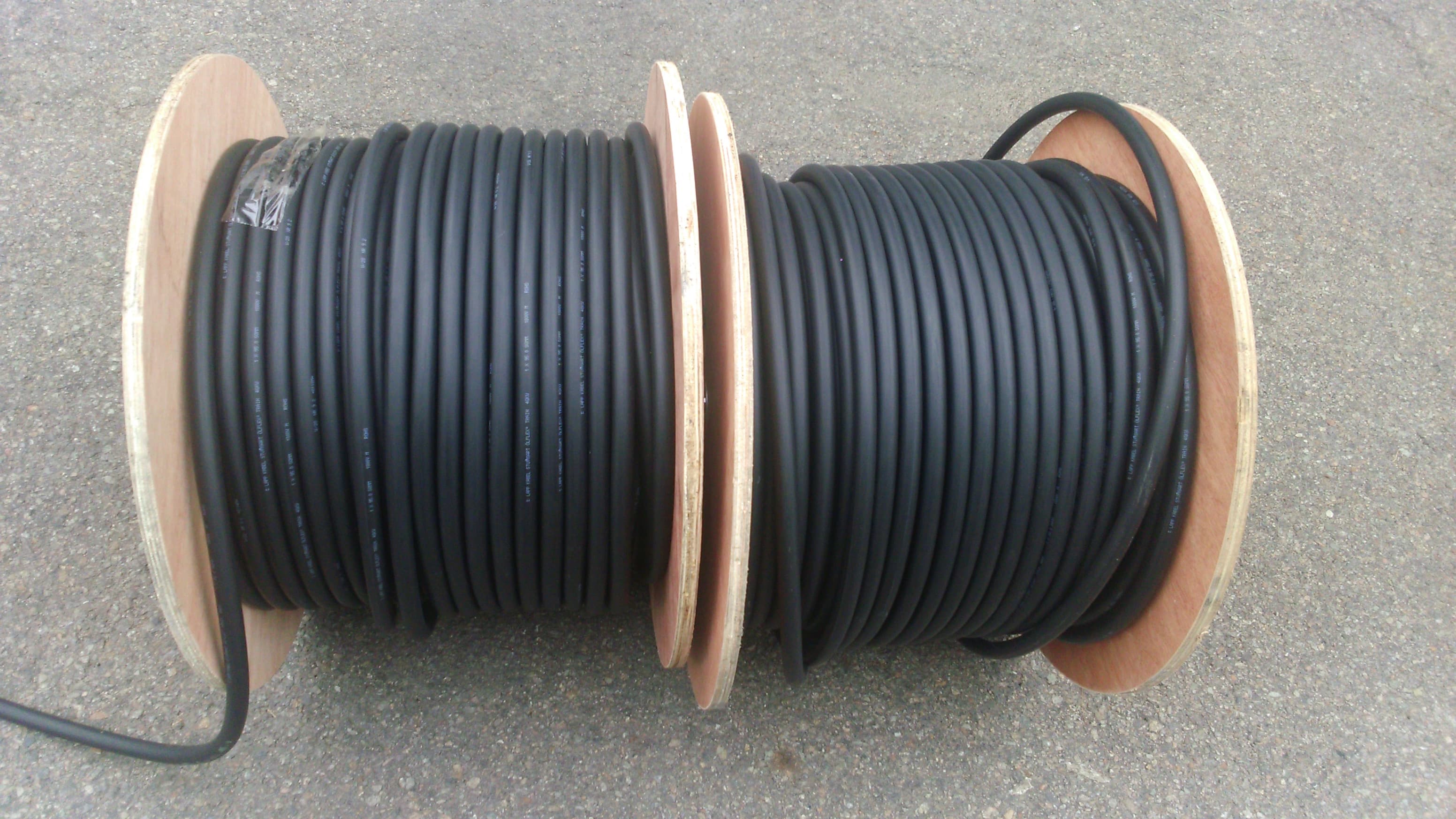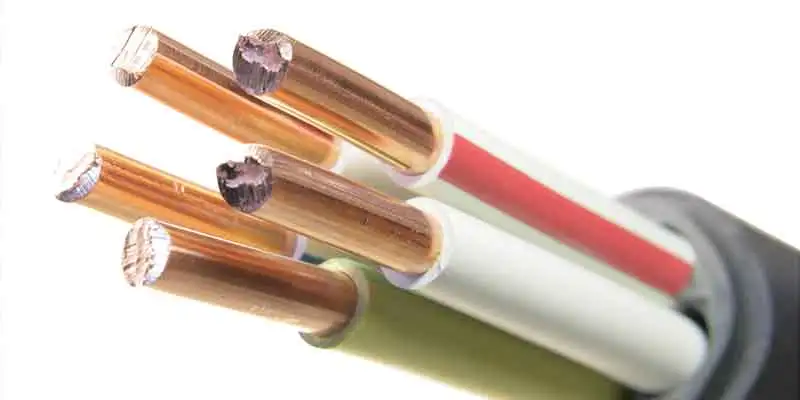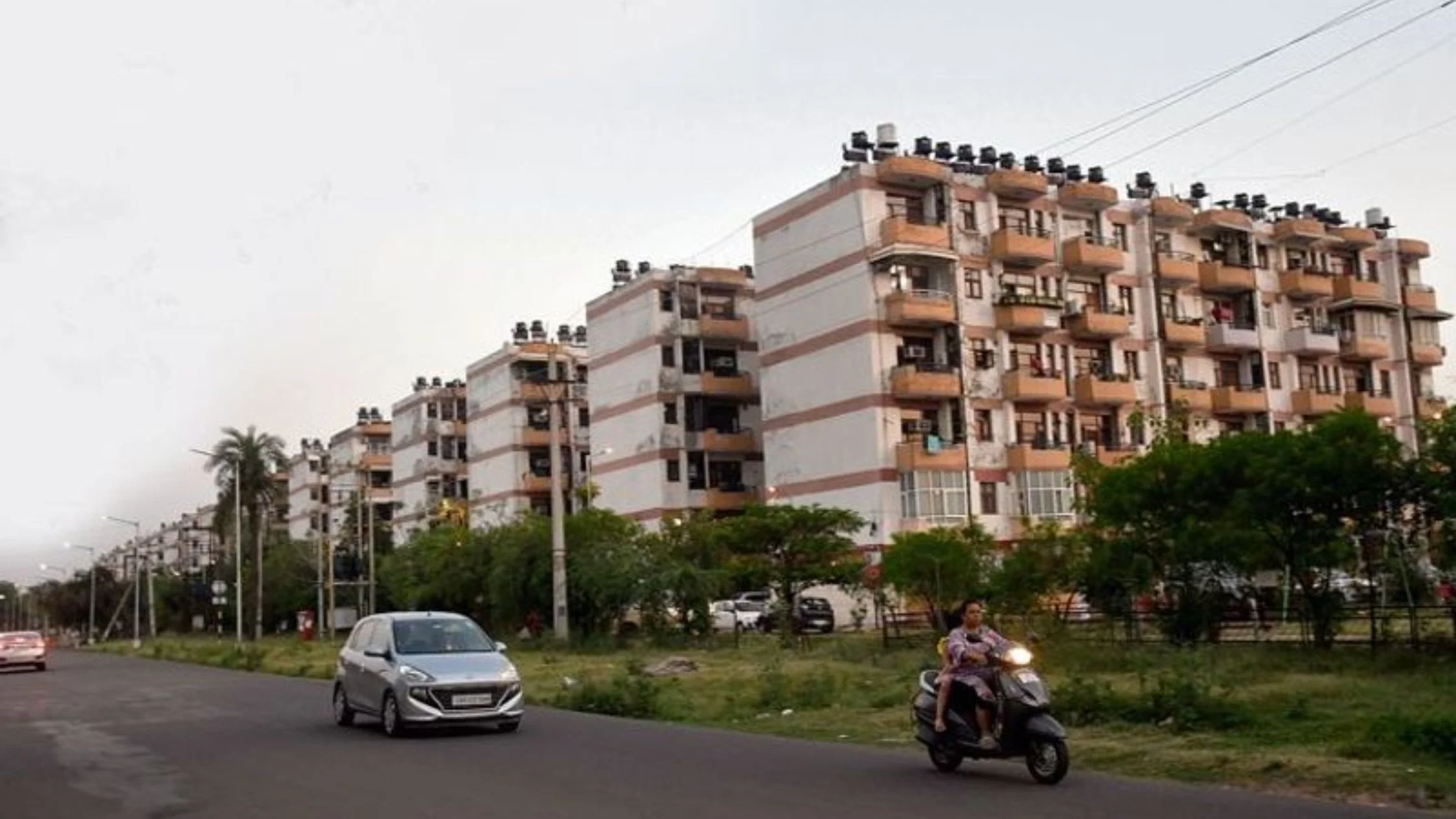Table of Content
PVC is a polymer that is frequently used in India for electrical wire and cable insulation and sheathing. The majority of developed nations, however, have recently begun to move away from wire that uses PVC insulation or sheathing materials in favor of alternative halogen-free flame retardant (HFFR) chemicals, mostly due to environmental concerns as well as health and safety worries. The safety of persons who operate in and around a building is its most significant feature. especially how a fire will affect the cable and how it would react. Choosing high-quality wire is urgently necessary to lower the probability of tragic accidents and fatalities.
Many builders and developers utilize PVC-insulated wire and cables due to ignorance. Due to the fact that these wires will burn and release a lot of smoke and hazardous fumes, which can jump from room to room or from floor to floor just by burning along its entire length, these wires may be dangerous. The discharge of toxic fumes when PVC wires burn is another risky feature. These wires emit smoke and combustion gases that are dangerous for persons and machinery. Alveolar damage from inhaling hot combustion fumes can occur. When there is an emergency, the toxic smoke and gas can dull the brain’s function, irritate, impair vision, and make it difficult to see where a safe exit is.

Why HFFR cables are important?
Many commercial institutions, including hotels, hospitals, malls, and luxury housing developers, are now adopting FRLS-H or HFFR (Halogen free flame retardant) cables due to the growing advice from Indian electrical experts to discontinue utilizing PVC-infused wires. Halogen free cables (HFFR) have been placed at metro stations in accordance with the trend toward safer and more environmentally friendly alternatives. As a gesture to the change, these cables have also been deployed in public areas including airports, college campuses, malls, and hospitals.
The two main effects on individuals in an electrical fire situation caused by PVC cables are burns and smoke. According to the World Health Organization, PVC is also connected in multiple ways to the production and release of dioxin, which causes cancer in humans. The adoption of Halogen Free Flame Retardant (HFFR) Insulated Wires, a clean and environmentally friendly chemical that has been approved by the Bureau of Indian Standards (BIS), under the Electro Technical Division, would be the solution to such a problem. The standard number for these wires is IS 17048.
Some of the other components, which account for the bulk of electrical fires: wire/cable insulation carbonization. Unreliable operation of installed equipment can also foster conditions that increase the risk of a fire. Safe cabling choices like HFFR should be actively taken into consideration during construction because they can be a cure-all for fire outbreaks.
To ensure the security and safety of the residents, choosing the best electrical wiring is crucial. The amount of harmful and damaging gas released after combustion is greatly decreased using HFFR insulated cable. A halogen-free flame-retardant cable burns more slowly and produces less optically thick smoke. A low-smoke cable is preferable during a fire because it lessens the quantity and density of the smoke, which improves the safety of firefighting operations while also making it easier for occupants to leave a room.
In India, the wire and cable industry has partnered with the Bureau of Indian Standards (BIS) to introduce a new standard, IS 17048:2018, focusing on halogen-free flame retardant (HFFR) cables designed for operational voltages up to and including 1100 volts. The Ministry of Consumer Affairs and the Environment Ministry, which oversee matters related to wires, cables, and environmental concerns, have jointly initiated efforts to incorporate HFFR cables into the National Building Code of India.
Globally, various communities, governments, industrial bodies, and professional organizations have introduced policies and initiatives aimed at restricting the use of PVC cables. International standards have also emphasized the adoption of halogen-free cables in public buildings. The urgency to phase out PVC insulated cables is amplified by the significant risks they pose to both human health and the environment.
Change is required, and it will bring about a safer future. Since HFFR cables are the "veins and arteries" of structures, architects and real estate developers should pay attention to this safer and more environmentally friendly solution.
Also Read: Understanding the housing demand of nuclear families



_1752219110.webp)


_1765522271.webp)

_1765444636.webp)

Ans 1. Typical applications of HFFR cable compounds In plant and engineering construction, the use of HFFR compounds for complex and safety-relevant installations such as power stations, industrial, chemical and pharmaceutical plants, data centres, etc. has prevailed in order to minimize risks and consequential damages.
Ans 2. This High Temperature Resistant (HTR) Heat Resistant Flame Retardant (HRFR) PVC flexible cable provides the best protection to your loved ones and your appliances. Made in India using high-grade material, the HTR HRFR PVC flexible cables are offered in the sizes of 0.5 sq. mm, 0.75 sq.
Ans 3. A cable is halogen-free if no halogens such as chlorine, fluorine or bromine are used in the cable's insulation and sheath material. Cable glands, hose systems, connectors or shrink hoses, such as the PROTECT HF shrinking tube from LAPP, can also be made of halogen-free plastics and are thus halogen free.
Ans 4. Flame Retardant Low Smoke (FRLS) Cables - Building Wire.